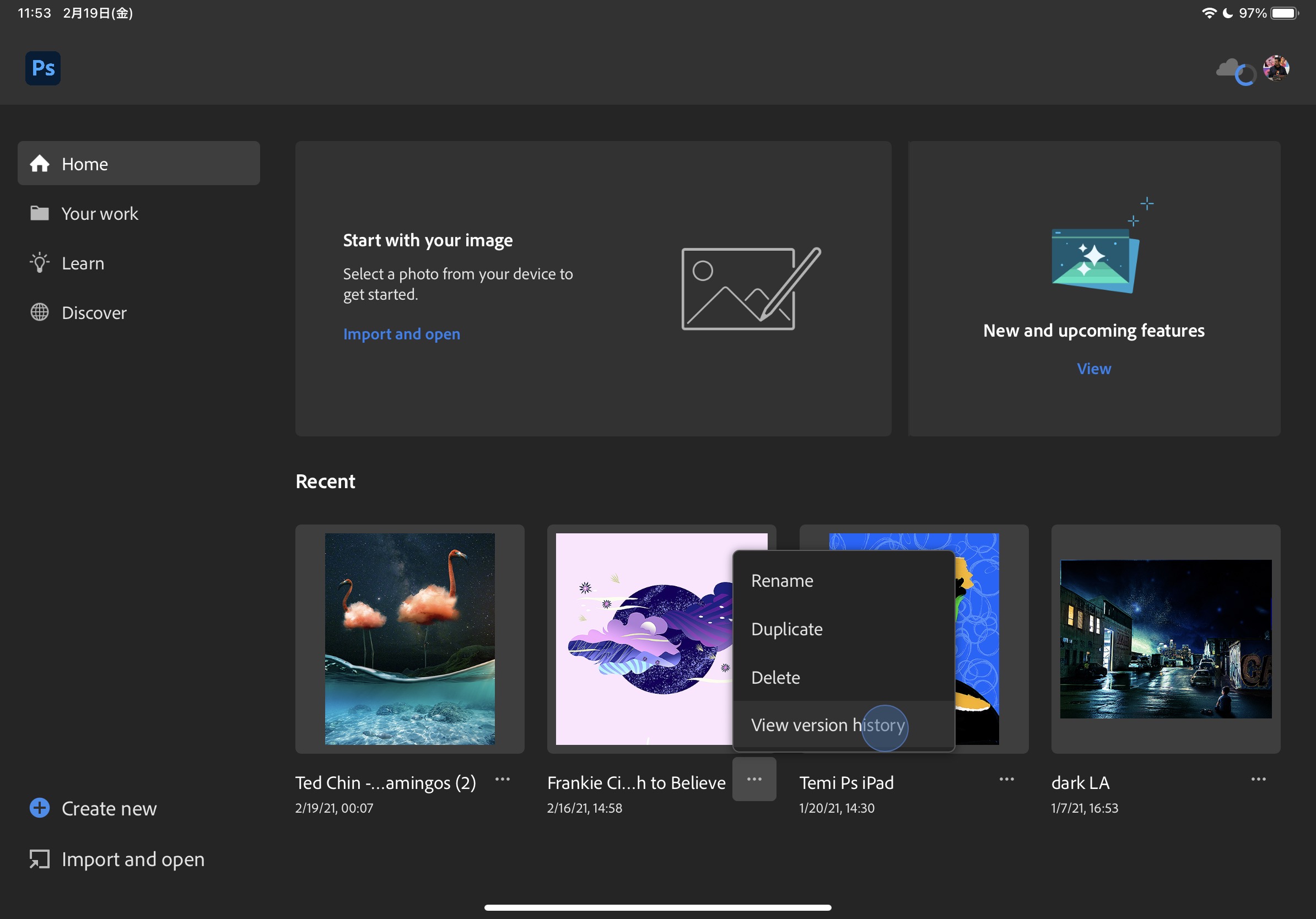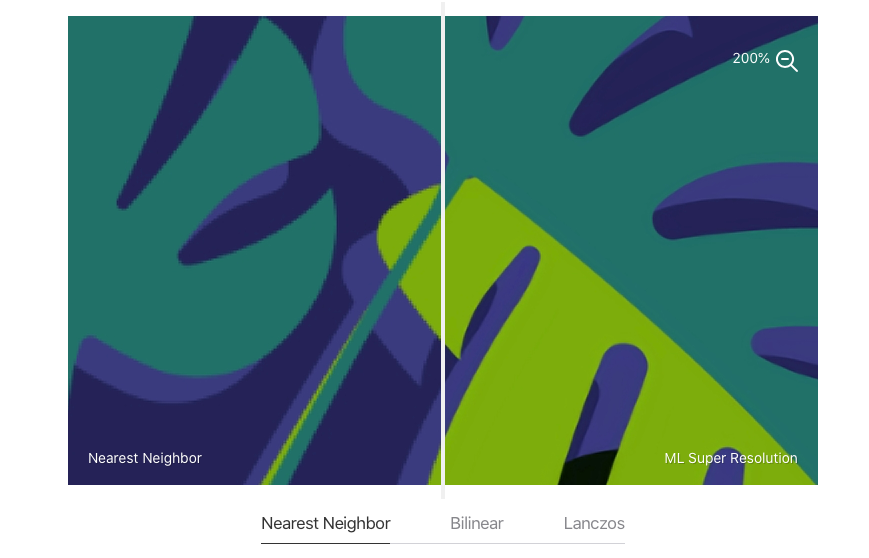
C - number of convolutional layers stacked inside a RDB. D - number of Residual Dense Blocks (RDB). The main parameters of the architecture structure are: We recommend using these weights only when cancelling compression artefacts is a desirable effect. The artefact can cancelling weights obtained with a combination of different training sessions using different datasets and perceptual loss with VGG19 and GAN can be found at weights/sample_weights/rdn-C6-D20-G64-G064-x2/ArtefactCancelling/rdn-C6-D20-G64-G064-x2_ArtefactCancelling_epoch219.hdf5 The model was trained using C=6, D=20, G=64, G0=64 as parameters (see architecture for details) for 86 epochs of 1000 batches of 8 32x32 augmented patches taken from LR images. The weights of the RDN network trained on the DIV2K dataset are available in weights/sample_weights/rdn-C6-D20-G64-G064-x2/PSNR-driven/rdn-C6-D20-G64-G064-x2_PSNR_epoch086.hdf5. part 1: A deep learning based magnifying glass. You can read about how we trained these network weights in our Medium posts: This is just sample, you will need to tune these parameters. This can be controlled by the loss weights argument. When training your own model, start with only PSNR loss (50+ epochs, depending on the dataset) and only then introduce GANS and feature loss. Troubleshooting Training not delivering good/patchy results If you wish to contribute, please see the Contribute section. ISR is compatible with Python 3.6 and is distributed under the Apache 2.0 license. Also, we provide scripts to facilitate training on the cloud with AWS and nvidia-docker with only a few commands. 2017)ĭocker scripts and Google Colab notebooks are available to carry training and prediction. A custom discriminator network based on the one described in Photo-Realistic Single Image Super-Resolution Using a Generative Adversarial Network (SRGANS, Ledig et al. A multi-output version of the Keras VGG19 network for deep features extraction used in the perceptual loss. The super-scaling Residual in Residual Dense Network described in ESRGAN: Enhanced Super-Resolution Generative Adversarial Networks (Wang et al. The super-scaling Residual Dense Network described in Residual Dense Network for Image Super-Resolution (Zhang et al. This project contains Keras implementations of different Residual Dense Networks for Single Image Super-Resolution (ISR) as well as scripts to train these networks using content and adversarial loss components. Other product names used in this publication are for identification purposes only and may be trademarks of their respective owners.The goal of this project is to upscale and improve the quality of low resolution images. AMD, the AMD Arrow logo, FidelityFX, Radeon, Ryzen, and combinations thereof are trademarks of Advanced Micro Devices, Inc. #ML SUPER RESOLUTION UPDATE#
AMD Radeon™ RX 6900 XT with AMD Smart Access Memory™ and FSR 2.0 “Quality” and “Performance” modes enabled (driver: AMD Radeon™ Software Adrenalin 21.50-220210a), AMD Ryzen™ 9 5900 X, 16GB DDR4-3200 RAM, Qogir AM4 motherboard, and Windows® 10 Pro May 2020 update (19041.508).

Trailer: DEATHLOOP game settings: “Ultra” graphics preset with raytracing, DirectX® 12.

Deathloop, Arkane, Bethesda, Bethesda Softworks, ZeniMax and related logos are registered trademarks or trademarks of ZeniMax Media Inc. Developed in association with Arkane Studios.

AMD Radeon™ RX 6900 XT with AMD Smart Access Memory™ and FSR 2.0 “Quality”, “Balanced”, and “Performance” modes enabled (driver: AMD Radeon™ Software Adrenalin 22.2.1 ), AMD Ryzen™ Threadripper 3970X, 128 GB DDR4 RAM, and Windows® 10 Pro Results may vary.ĭeathloop © 2022 ZeniMax Media Inc. DEATHLOOP screenshot game settings: “Ultra” graphics preset, DirectX® 12.






 0 kommentar(er)
0 kommentar(er)
